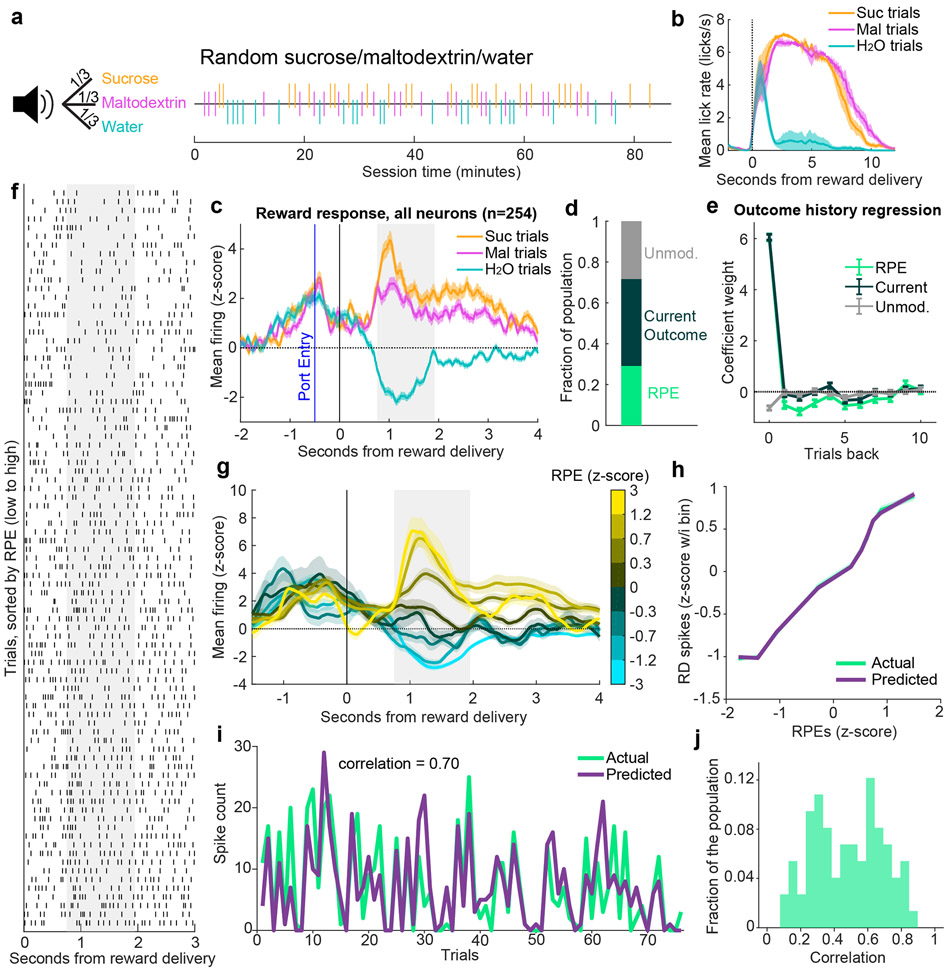Figure 3. An expanded value space reveals stronger RPE signaling in VP.
(b-c) are adapted from (9). (a) A white noise cue indicated 1/3 probability each of receiving sucrose, maltodextrin, or water, as seen in the example session (right). (b) Mean(+/−SEM) lick rate relative to pump onset. (c) Mean(+/−SEM) activity of all recorded neurons on sucrose, maltodextrin, and water trials. (d) Fraction of the population of neurons recorded in this task best fit by each of the three models. (e) Coefficients(+/−SE) for outcome history regression for each of the three classes of neurons (n=74 RPE, 108 Current outcome, and 72 Unmodulated neurons). (f) Raster of an individual neuron’s spikes on each trial, aligned to reward delivery, and sorted by the model-derived RPE value for each trial. Gray shaded region indicates window used for analysis. (g) Population mean(+/−SEM) of all RPE neurons. The trials for each neuron are binned according to their model-derived RPE. (h) Mean(+/−SEM) population activity of simulated and actual VP RPE neurons according to each trial’s RPE value. (i) The model-predicted and actual spike counts on each trial for the RPE neuron with the 85th percentile correlation. (f) Distribution of correlations between model-predicted and actual spiking for all RPE neurons.

